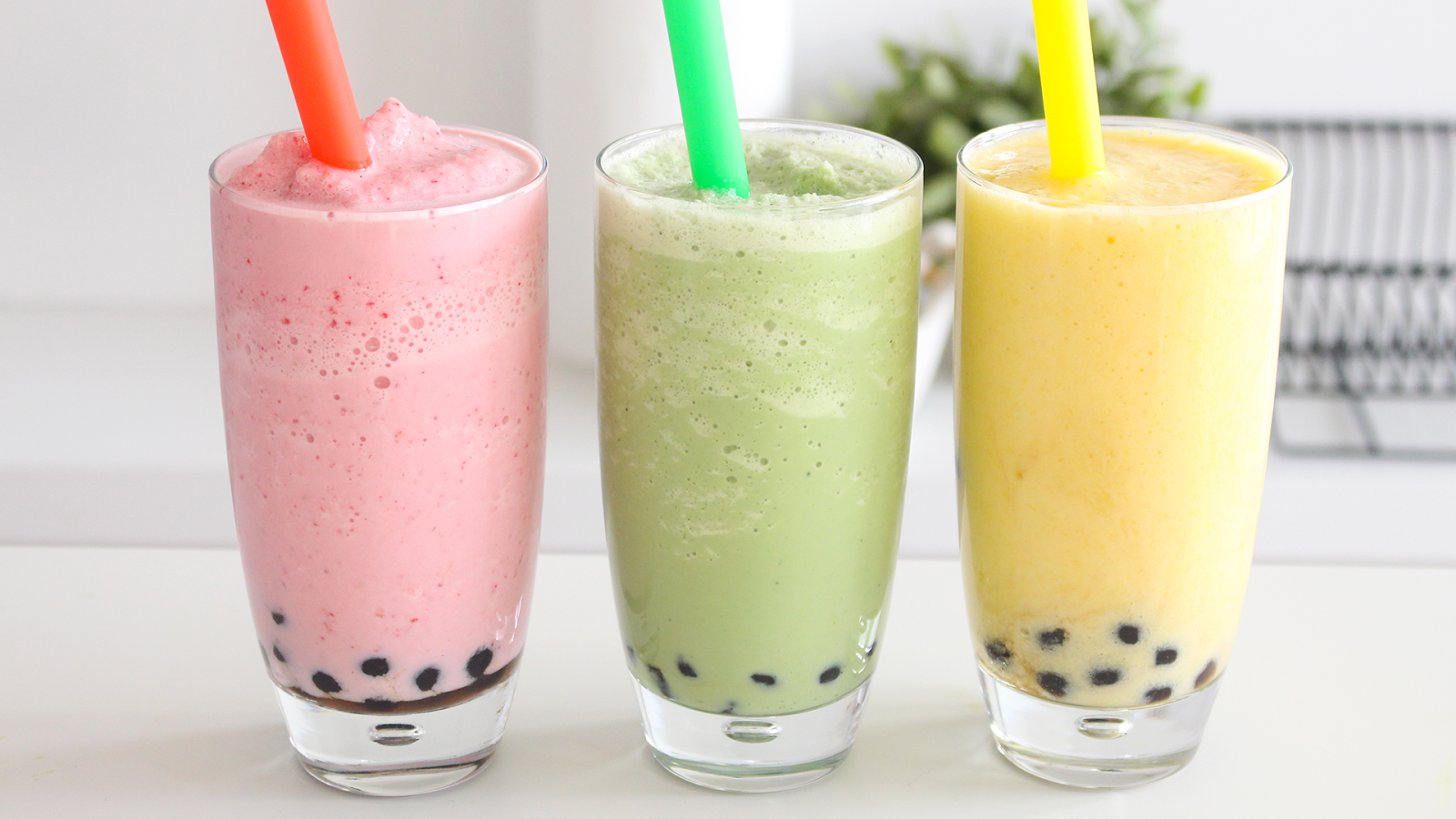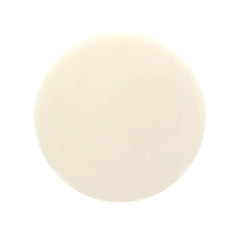

It might take longer than you expect, especially compared to the usually short cooking times of orange sweet potatoes or Russet potatoes. Drop it in boiling water, and let it cook for at least 30 minutes, or until the taro is very soft and easily pierced with a fork. It cooks faster and more evenly when you chop the taro into similarly sized chunks.

Raw taro root is really hard and unpleasant to eat, so you’ll need to cook it before you can get to the milk tea part. Other recipes featuring boba on this blog include this milk tea ice cream topped with boba, or one of my family’s favorites, crème brûlée milk tea. The latter is my usual route for milk tea at home. You can make boba from scratch or purchase a pack of dry boba from a Chinese grocery store (you might also have luck at a Filipino, Japanese or other Asian grocery store, depending on how well stocked it is). Imagine the mouthfeel of the tapioca mixed into tapioca pudding (the white, gloppy kind), only chewier. Otherwise, let’s get you up to speed.īoba is made with tapioca starch, giving it a chewy, bouncy texture that’s similar to the texture of foods made with glutinous rice flour (think lo mai chi or butter mochi). My guess is if you’re a reader of this blog or if you’ve searched for a milk tea recipe or two in your day, you’re familiar with boba. Taro is starchier and white in color, compared to ube’s softer, creamier texture and naturally purple hue even sans food coloring. How about something else sweet, like a taro latte or chewy taro mochi, or even something savory like this Cantonese steamed taro cake?Īnd no, taro and ube aren’t the same. Maybe you’re concerned about what to do with your leftover taro after you’re done making a glass of milk tea.
#Coconut taro bubble tea skin#
And if your taro still has its hairy brown skin on, you’ll want to peel that off. You’re looking for something that feels firm – anything squishy is a no-no. Some stores only stock it in their refrigerated aisles, since taro can go bad really quickly at room temperature. You might be able to find it next to the potatoes and other starchy friends. I usually have good luck at the Chinese grocery store in the refrigerated section with packs of vacuum sealed taro. It’s probably not a surprise after that long winded spiel that taro (when I say taro, I’m referencing the root and not the leaves) is typically found at Pacific Islander and Asian grocery stores, and not at more westernized ones. The inside is a creamy white color, with flecks of purple strewn throughout. However, there are a bunch of similar desserts, including (not limited to) ginataang bilo bilo from the Phillipines with taro, coconut milk and glutinous rice balls, as well as a Thai version with sticky rice).Ĭooked taro is tender, starchy and creamy, with a flavor almost like a chestnut and sweet potato hybrid. (Note that I mentioned Cantonese taro sago, with coconut milk, chewy sago made of tapioca pearls and soft chunks of taro. Yes, that’s a broad, vague and kind of useless statement, but it’s incorporated into everything from sweet Cantonese taro sago, to Sāmoan palusami, with corned beef, coconut milk and taro leaves.

Taroįor anyone who has never tried taro before, it’s a root vegetable typically used throughout Asian and Pacific Islander cultures. You’re probably familiar with the majority of the ingredients in this eight ingredient drink (taro, food coloring, milk, green tea, boba, brown sugar, salt and ice), so let’s focus on the taro and boba. This taro milk tea is sweet and creamy, with plenty of taro and tea flavor.


 0 kommentar(er)
0 kommentar(er)
